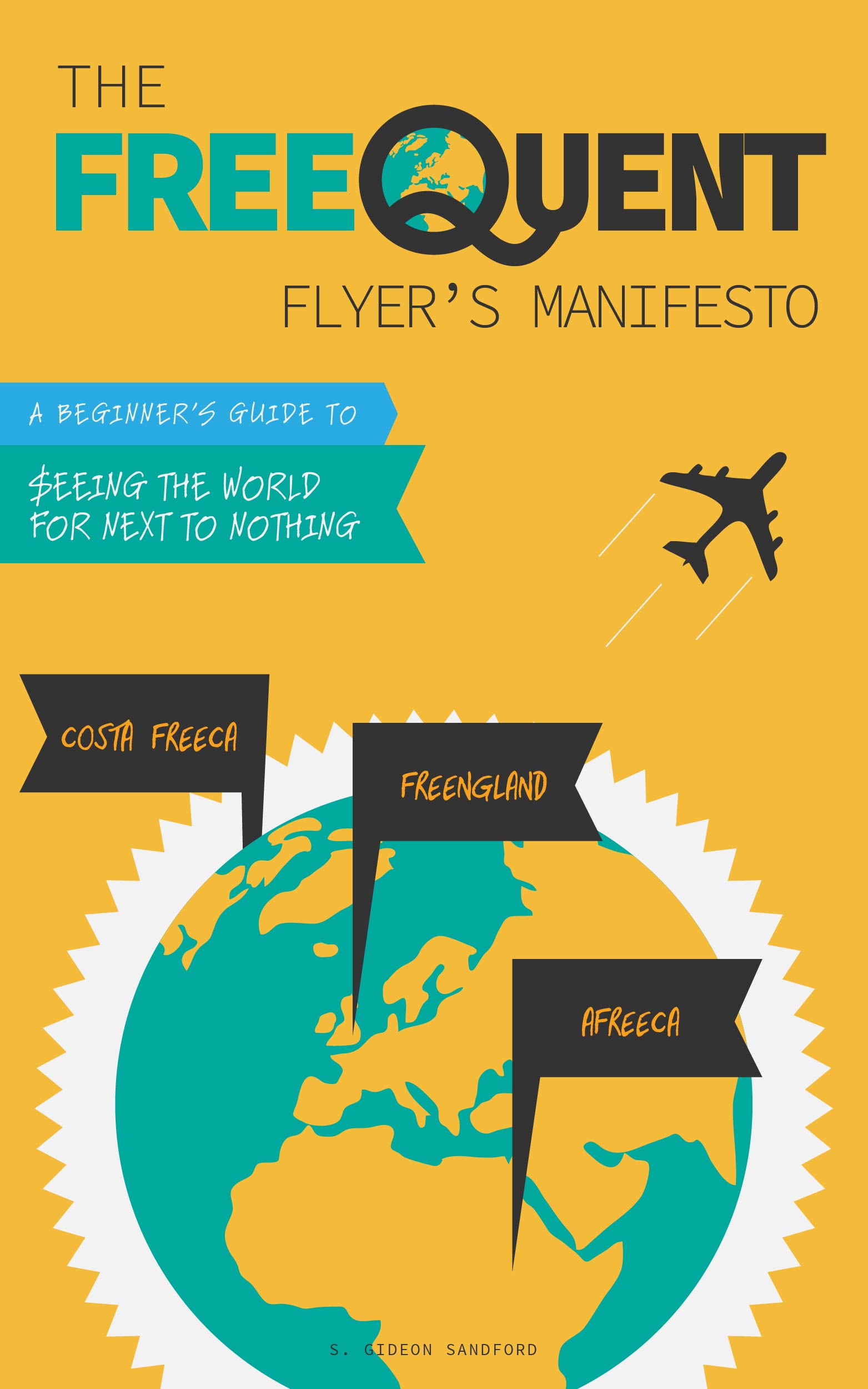Chase United Business Credit Cards
/Since I started this site, I've written about what has historically been one of the strongest offers for the United MileagePlus Explorer Card: 55,000 United miles after spending $1,000 in the first 3 months and adding an authorized user to your account. Indeed, it's the offer that I used to sign up for the card late last year.
Getting that offer has always involved a bit of luck. The most reliable method seemed to be opening a new "private browsing" or "incognito" window, signing into MileagePlus, and then opening this page.
Over at FlyerTalk, this thread appeared back on June 9 pointing out that a similarly lucrative offer is available for the Chase United MileagePlus Business Explorer Card, for 50,000 United MileagePlus miles after spending $2,000 within 3 months of cardmembership, with the $95 annual fee waived the first year. I've verified that the technique described by econwatch in this post works. Again, I recommend beginning the process in a fresh private browsing (Firefox) or incognito (Chrome) window, since your existing browser cookies will interfere with this offer displaying correctly:
Login to your UAL,
Products and Services,
Get Credit Card,
United MileagePlus Explorer Business Card,
shows 30K offer, $1K spend in 3mo.
Click on MileagePlus Club Business Card tab,
click back to MP Explorer Business Card,
shows 50K offer, $2K spend in 3mo.
I would only point out that the offer for the United MileagePlus Club Business Card is also extremely strong. The waived annual fee for the first year of card membership means a free year of United Club access, plus 1.5 United miles per dollar spent on the card. While the earning rate isn't quite as lucrative as the 2 Ultimate Rewards points earned per dollar at gas stations with the Chase Ink cards, it is a very strong earning rate in what is arguably the most valuable traditional frequent flyer currency.


